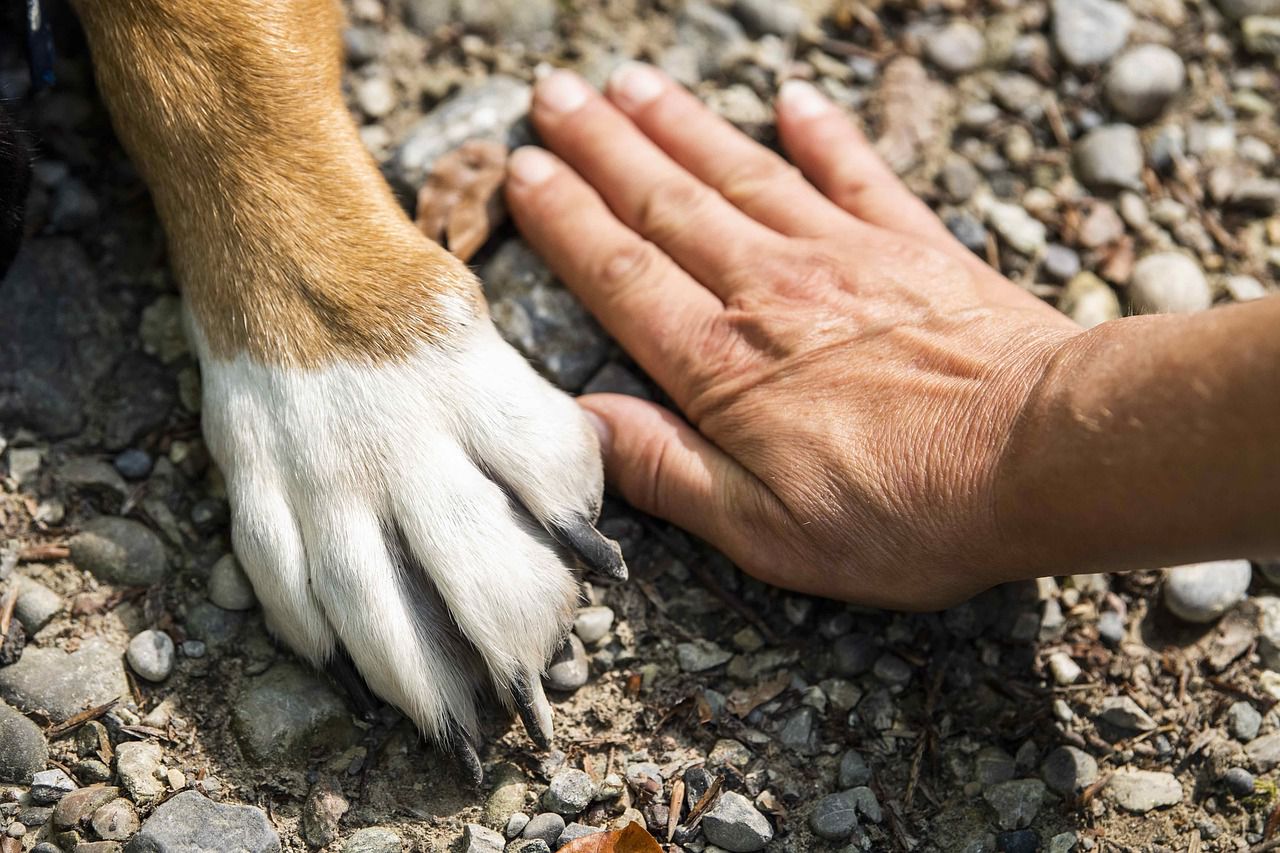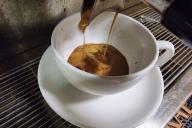If you have an active dog that just loves running everywhere, then it probably risks getting a splinter in its paw regularly.
You can't eliminate this risk completely, but you can minimize it significantly by making your living space safe.
Here are a few things you can do to protect your pet's paws.
Keep the Area Clean
Make sure the area where your dog walks and plays is free from sharp things like sticks or pieces of wood.
This way, there won't be anything for their paws to get hurt on.

Trim Their Nails
Trim your dog's nails regularly. Long nails can make it easier for splinters to get stuck in their paws.
Use Paw Wax or Balm
There are special waxes or balms made for dogs' paws. You can apply these to your dog's paw pads to create a protective barrier.
It's a bit like putting on lotion to keep your skin from drying out.
Dog Booties
Consider getting booties for your dog. These are like shoes for dogs, and they can protect their paws from splinters and other sharp objects.
Make sure the booties fit well and are comfortable for your dog.
Watch Where They Walk
Keep an eye on your dog when they're outside. If you see them stepping on something sharp, gently guide them away from it.
Regular Paw Checks
After walks or playtime outside, check your dog's paws for any cuts, splinters, or foreign objects.
If you find anything, remove it carefully and clean the area.
Consult a Vet
If your dog's paws seem hurt or infected, don't hesitate to consult your veterinarian. They can provide proper care and treatment.
Conclusion
You can protect your pet's paws by keeping the area safe, and also using some special dog boots. It's always easier to prevent than to cure!









